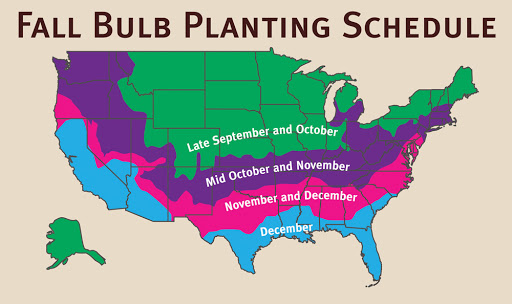We love the selection of bulbs available from A.D.R. The variety is great, the quality is excellent and the price is fair. However, the best part of working with A.D.R is the customer service from Chris, Walter and all of the team. They go out of their way to make sure ours needs are met.
Leah and Mark
, Wild Hare Farm
« Previous Plant | Next Plant »
Allium Tall 'Arctic Snow'
Ornamental Onion
Allium 'Arctic Snow' reaches 14 to 20 inches tall, featuring 12 to 14 inch airy white flower umbels that resemble bursts of fireworks. Blooming in late spring to early summer, its delicate greenish-ivory buds open to pure white florets with subtle green stripes. Thriving in full sun and well-drained soil, it is drought-tolerant, deer-resistant, and attracts pollinators. As the flowers fade, green seed pods develop, adding continued interest. Ideal for borders and mixed plantings, it pairs beautifully with ornamental grasses and late-spring perennials. The white flowered version of Schubertii.
Allium Calculator
When should I plant Allium Tall 'Arctic Snow'?

Growing and Maintenance Tips for Allium Tall 'Arctic Snow'
Timing: Plant in fall before the ground freezes to ensure proper root development. Ideal soil temperature for planting is 60°F or colder.
Location: Choose a sunny, well-drained spot—poor drainage can cause bulb rot.
Depth & Spacing: Bury bulbs two to three times their height and space them six to twelve inches apart for optimal growth.
Soil: Maintain a pH of 6 to 7 and enrich with organic matter for better drainage.
Watering: Keep soil moist but not soggy during initial growth; once established, alliums are drought-tolerant.
Foliage Management: Leaves yellow after blooming—plant among perennials to disguise fading foliage.
Deadheading: Remove spent flowers to prevent self-seeding unless you want naturalized clusters.
Fertilization: Apply a balanced fertilizer in early spring to support strong blooms.
Pest & Disease Resistance: Alliums are deer and rabbit resistant but avoid planting in areas with excessive moisture to prevent fungal issues.
Crop Rotation: Change planting locations yearly to prevent soil-borne diseases.






Check back soon for additional details.